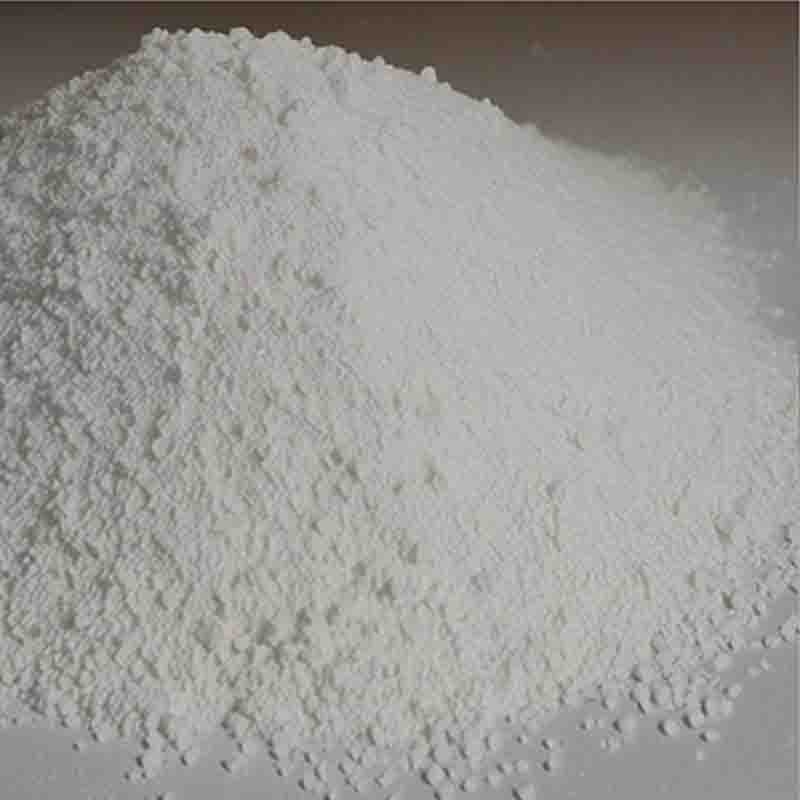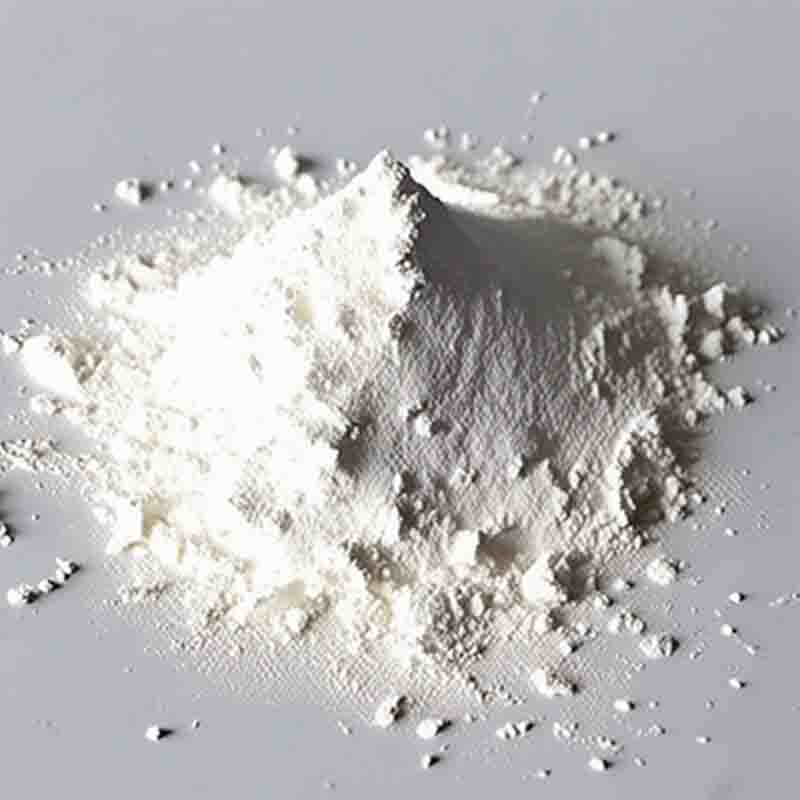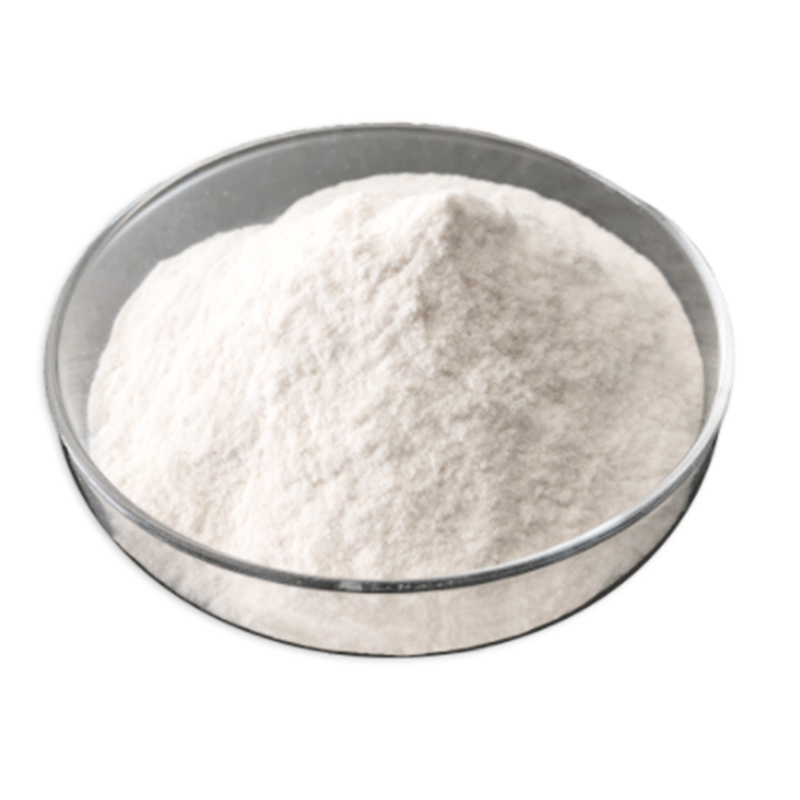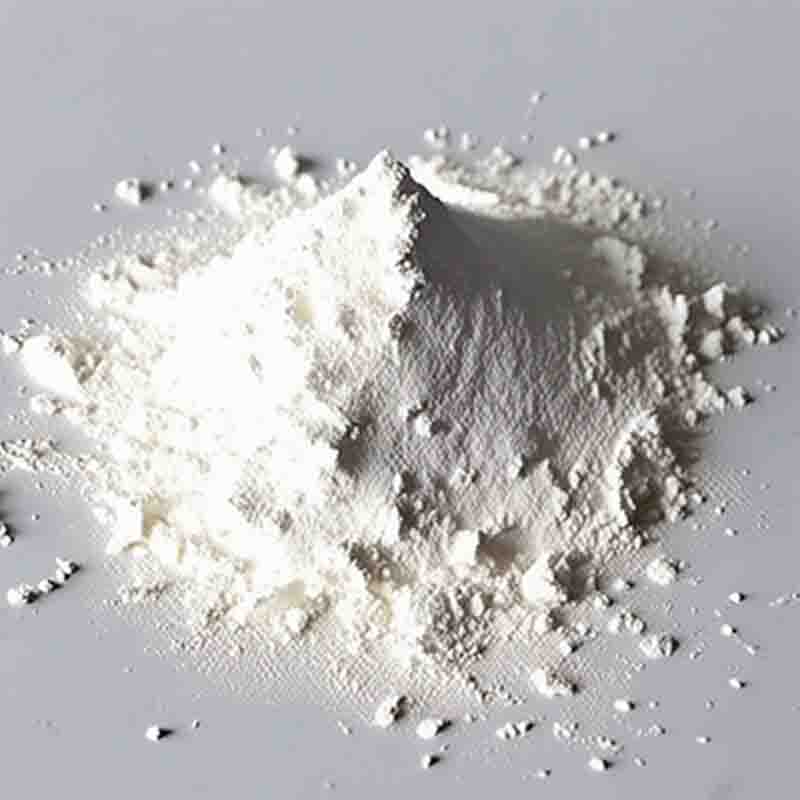Bis(trimethylsilyl)trifluoroacetamide CAS: 25561-30-2
| Catalog Number | XD94193 |
| Product Name | Bis(trimethylsilyl)trifluoroacetamide |
| CAS | 25561-30-2 |
| Molecular Formula | C8H18F3NOSi2 |
| Molecular Weight | 257.4 |
| Storage Details | Ambient |
Product Specification
| Appearance | White powder |
| Assay | 99% min |
Bis(trimethylsilyl)trifluoroacetamide, commonly known as BSTFA, is a popular reagent used in analytical chemistry, specifically in the field of derivatization. BSTFA is widely employed in gas chromatography (GC) and mass spectrometry (MS) analyses to enhance the detectability and stability of various compounds.The primary use of BSTFA is for the derivatization of polar and labile functional groups. It reacts with compounds such as alcohols, phenols, amines, and carboxylic acids to form volatile derivatives. By introducing trimethylsilyl (TMS) groups onto these functional groups, BSTFA increases their volatility, making them more amenable to analysis by GC or MS. This derivatization strategy allows for improved separation, increased sensitivity, and enhanced detection of the target compounds.One of the significant advantages of BSTFA is its trifluoroacetylating ability. The trifluoroacetyl (TFA) group not only increases volatility but also stabilizes labile compounds. For example, BSTFA can derivatize hydroxyl groups, making them less susceptible to degradation during analysis. This is particularly useful in the analysis of drugs, pesticides, and environmental pollutants, where stability is crucial for accurate quantification and identification.BSTFA also finds applications in the analysis of sterols, fatty acids, and other lipid compounds. By silylating these compounds, BSTFA improves their volatility, aids in separation, and enhances the sensitivity of their detection. This is essential in lipidomics research and plays a vital role in identifying biological markers and understanding various lipid-related diseases.Furthermore, BSTFA can be used in conjunction with other reagents to improve derivatization efficiency. For instance, the addition of a catalytic amount of N-Methyl-N-(trimethylsilyl)trifluoroacetamide (MSTFA) to BSTFA can accelerate derivatization and enhance the yield of TMS derivatives. This combination is often used in the analysis of complex mixtures or when dealing with compounds that are difficult to silylate.It is important to note that BSTFA is moisture-sensitive, and proper precautions should be taken to ensure the absence of water during derivatization. Additionally, safety measures such as proper ventilation and handling with appropriate protective equipment should be followed when working with this reagent.In summary, Bis(trimethylsilyl)trifluoroacetamide (BSTFA) is a versatile reagent widely used in analytical chemistry for derivatization purposes. Its ability to introduce trimethylsilyl and trifluoroacetyl groups onto polar and labile functional groups enhances volatility, stability, and detectability. BSTFA plays a critical role in improving the analysis of compounds in fields such as environmental monitoring, pharmaceutical research, and lipidomics. Its use, often in combination with other reagents, allows for accurate quantification and identification of target analytes in complex mixtures.









